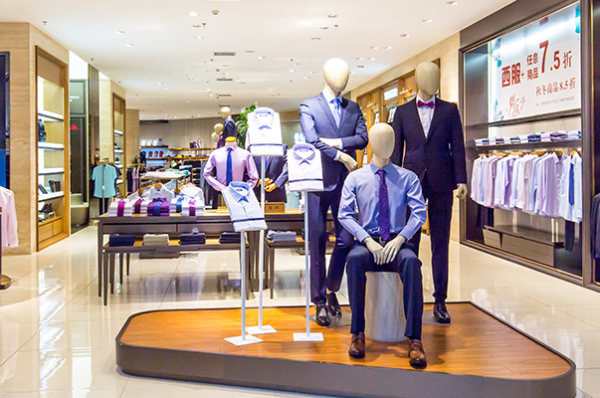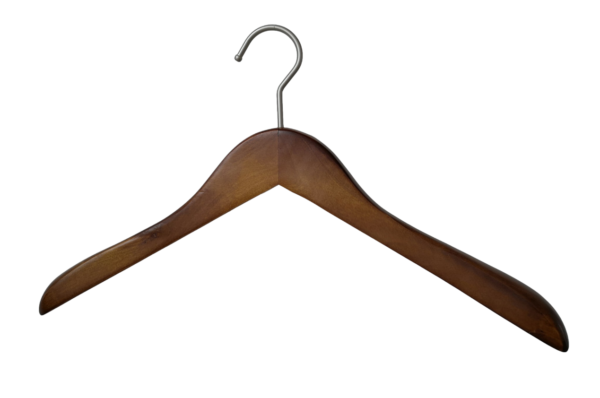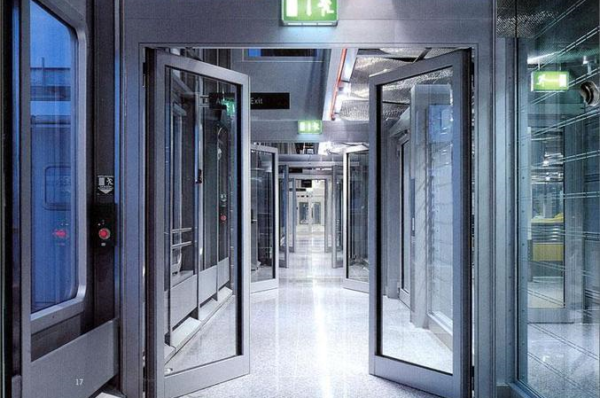I believe that when you go shopping, you must have seen many humanoid models in the window or at the door of the store. They look similar, but there are many categories of these humanoid models.
1. Classification by material
Glass steel material: high hardness, smooth and meticulous after surface treatment, disadvantages: limited strength, fragile. The products made with the spray painting process are high-grade and beautiful. Combined with the sticker process and the cloth wrapping process, the products are high-end, classic and retro.
Foam material: The surface feels hard to the touch, but can be inserted with a needle (similar to high-density foam), and the whole body of the product is solid. It is light in weight and not fragile, and it is made with the wrapping process. Currently, the existing product types are limited to upper body products for adults and upper body products for children.
Soft material: The surface feels soft, and you can also insert pins (similar to high-density sponges). The whole body of the product is solid, full of elasticity, and will not break! It is also made in conjunction with the cloth wrapping process. The hands and feet of the whole body are free to bend, deform and shape. At present, the existing product types are limited to full-body products for adults and whole-body products for children.
2. Process classification
Paint spraying process: spray paint, three spray paint procedures: the first primer is to cover the whole body with paint, and expose all the sand holes on the product through color contrast, so that the polishing employees can better target fill up. The second coat of primer covers and fills the traces of sand holes. Finally the third top coat is finished. The characteristic is that the surface is delicate and smooth, and has a strong three-dimensional effect. Now the PU characteristic paint is used with high hardness, which is not easy to peel off the paint and is not easy to get dirty. The stain can be wiped off with a towel. Color can be requested according to customer preference.
Wrapping process: Simply put, it is to wear clothes on the product, and the clothes must be completely close-fitting. There are elastic fabrics and non-elastic fabrics. The basic colors of elastic fabrics are beige, beige, and black. ,flecking gray. Non-stretch fabrics basically belong to linen, canvas, and denim, and the colors can be requested by customers.
Sticker process: For the time being, it can only be used on products made of glass fiber reinforced plastics. Customs clearance glue allows products and paper to adhere seamlessly. An effective method for mass production has not been developed yet, and the speed of manual lamination is too slow. The existing product use is mainly for display. In: supermarkets, clothing stores for clothing display, or for display in window design. Cannot be used as clothing cutting design.




